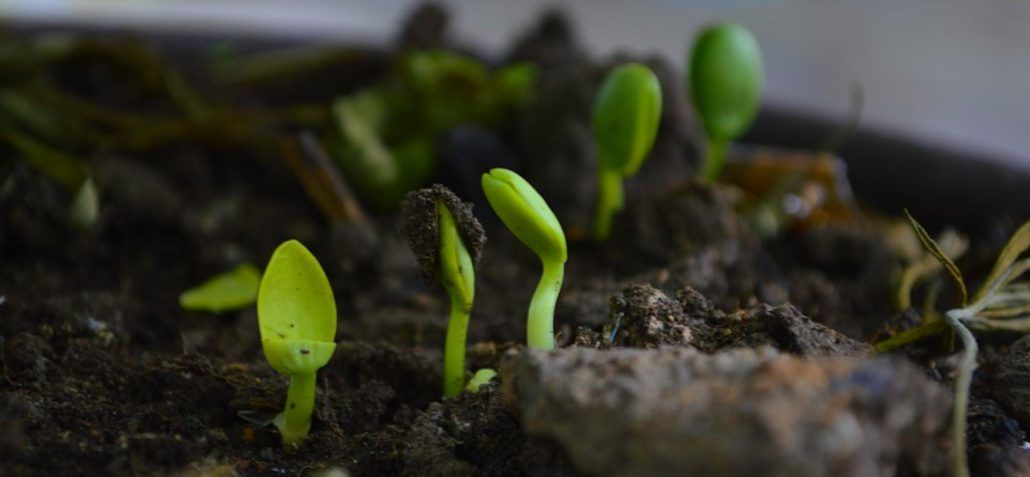
During my childhood, my mom would always remind me that, “there are no shortcuts to anywhere worth going in life” and “there is no substitute for hard work”. These quotes bring to mind what Albert Einstein once said, “genius is 1% talent and 99% effort”. You must be asking how these relate to the soil. The answer is simple; soils also require hard work, energy, and effort in order to get them to a point of constant optimal productivity. Healthy soil cannot be achieved overnight or through shortcuts, it requires an investment of time and a change of management mindset.
We all know that in order to get different results, you need to do something differently. You cannot expect to get different results if you carry on doing the same things over and over again. The first key to achieving healthy soils is in changing your mindset. I understand that changing mindsets about old beliefs and habits can be very challenging. The thing about a fixed mindset is that it plays tricks on you. You will see things the way your mind has instructed your eyes to see them. So in the context of soil, if you have always believed that high nitrogen is the only way to get your soils to be productive, it becomes difficult to comprehend that there are people running on zero nitrogen because of a fixed mindset. Once you have decided to approach soil health with a more open mind, the second thing which will help overcome past mind-sets is the greater understanding of the principles of soil health. Again, this requires time and effort, but once you start to develop a better understanding of the principles of soil health you will have greater insight into knowing how you can improve the health of your soil.
Soil health principles are based on soil life, soil structure and soil fertility and the interactions between each of these three aspects. If you only manage for the benefit/improvement of one of the aspects you will be sacrificing the other two. The negative effects of managing for only one of the aspects are not immediately seen. In fact, over the first couple of years you might not notice any negative change, while in fact, you will be setting your soil up for collapse, much like the game of Jenga. You know the game of Jenga right? Players take turns to remove individual blocks from the tower until it eventually collapses. The tower does not collapse with the removal of just one block; it takes the removal of multiple blocks before it collapses. In much the same way, if you are only focussing on the soil fertility aspect of soil health and believe in maximum fertiliser use, without taking into account life and structure, then you are effectively playing Jenga with your soil. Sooner or later it will collapse.
If you want optimal and sustainable returns from your soil, you have got to be willing to do the work – It starts with changing that mindset. There are no quick fixes in the soil.
- The management of soils with excessive sodium and magnesium levels - 2023-06-12
- Understanding evapotranspiration better - 2021-10-18
- Soil fungi connections - 2021-09-28
